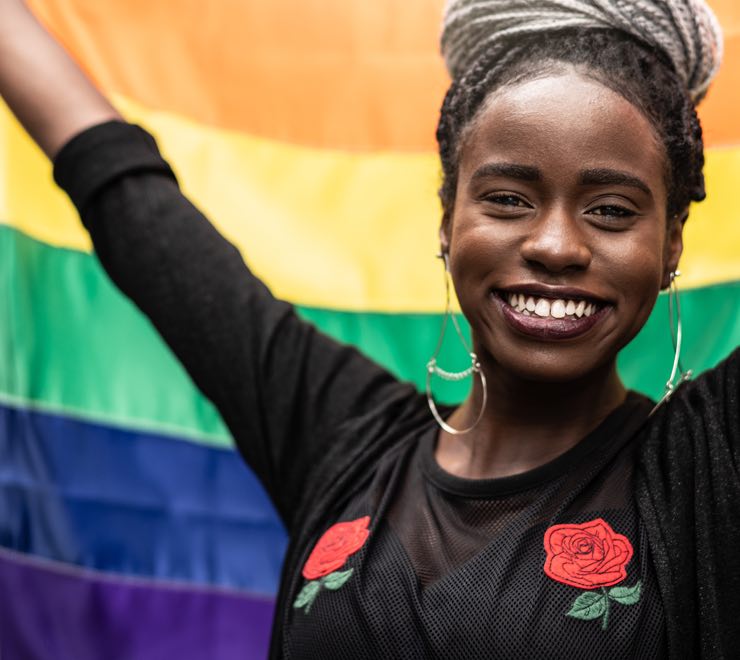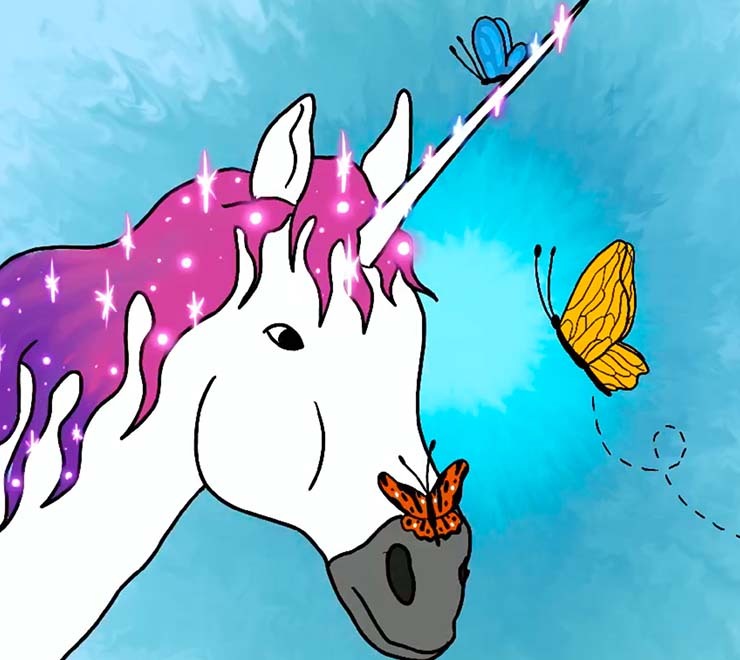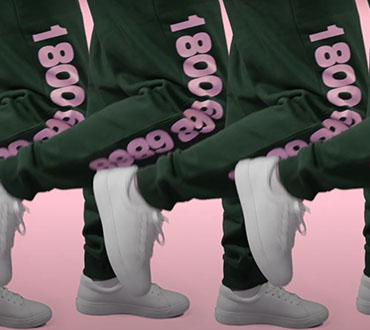Learning about gender identity and gender expression can help you better understand yourself and the people around you.
What is gender identity?
Gender identity is an internal feeling or awareness we all have about being a man, woman, neither or both. While mainstream norms about gender teach us there are only two options (i.e. the gender binary of man/woman), in reality, people experience and express their gender in much more varied and complex ways.
There are many different gender identities, including, but not limited to:
- Agender: a person who doesn’t identify with any gender, or identifies as being genderless. Their gender identity may live outside of the gender binary. Some agender people may use transgender (trans) or non-binary to identify themselves, but not all.
- Androgynous (androgyne): a person whose gender expression (e.g. clothing, hairstyle, etc.) doesn’t fall into the gender binary, or falls somewhere in between masculine and feminine.
- Cisgender: a person whose gender identity and gender expression match the sex they were assigned at birth.
- Gender fluid: a person whose gender identity and gender expression are not static, and can shift with time and / or circumstance.
- Genderqueer: a person who identifies as neither, both or a mix of man and woman. Individuals who identify as genderqueer may or may not also identify as trans or non-binary.
- Non-binary: a person who doesn’t accept a society that only acknowledges the gender binary of man or woman and defines their gender outside of those norms. People who are non-binary may identify as having no gender, feel in between genders or have a gender that is not always the same. Individuals who identify as non-binary may also identify as trans.
- Transgender (trans): a person who identifies with a gender that’s different from the sex they were assigned at birth. People whose gender identity falls outside of the gender binary may also call themselves trans.
- Two-spirit (2 Spirit or 2S): a person with both a feminine and a masculine spirit living in the same body. It’s an important term within some Indigenous cultures and for some Indigenous people. This is often used to describe sexual orientation, gender identity and / or spiritual identity.
These are just some of the many gender identities you may relate to — everyone is unique.
What is gender expression?
Everyone has a gender expression. This is how people outwardly express their gender to the world. It may mean expressing yourself as feminine, masculine or somewhere in between or outside of the gender binary (i.e. man or woman). Some of the different ways people express their gender include:
- How you dress and style yourself: this may mean wearing clothes or accessories you feel most accurately represent the gender you are inside. Sometimes, people who don’t feel ready to dress in a way that expresses their gender visibly may start by wearing undergarments that feel right for them.
- Hair (face, head and / or body): this may mean removing hair in certain areas, letting hair grow out in specific places or trying different haircuts or wigs.
- Padded bras or chest binding: this may mean wearing undergarments that either enhance or reduce the look / size of your chest. You can do some research and / or talk to a knowledgeable person for safety information on binding your chest. You can also visit Resources Around Me for 2SLGBTQ+ support services nearest you.
- Packing: this may involve stuffing your underwear to make a packer. A packer can help you feel like you have a penis and testes. You can make your own at home (with a sock, for example). If you’ve reached the age of majority in your province / territory, you can also explore buying a packer online or at an adult sex shop (stores that sell products related to sex and sexuality), particularly one that is geared toward the 2SLGBTQ+ community.
- Exercise: this may mean tailoring your exercise routine to build bulk or enhance / tone specific muscle groups.
- What name(s) you use: this may mean going by a name (legally or not) that feels more aligned with your gender identity. Some trans people don’t feel that the name given to them at birth (also known as their “deadname” after a new one is chosen) fits them. Having a name that affirms your gender identity and gender expression can be a powerful part of coming out, transitioning, etc. If you’re sharing your new name with a friend, parent / caregiver or someone else, these conversation starters may help you prepare to tell them.
- What personal pronouns you use: this may mean using pronouns to reflect your gender identity and share how you’d like to be addressed (e.g. they, he, she, etc.). For a lot of people, pronouns are a way to affirm gender identity in daily life in the same way you use a name.
What is gender dysphoria?
Gender dysphoria is a term sometimes used to describe the emotional anguish trans and non-binary people may feel when their assigned sex and their body don’t line up with the gender they know themselves to be. Transitioning can be helpful to resolve these feelings of distress, as it allows a person to honour and express who they really are.
While language is always changing, it’s important to note that the term “gender dysphoria” is commonly used by doctors and other health-care professionals to name the psychological condition that some trans people face. Not everyone agrees with its use or definition, so if it doesn’t feel right for you, don’t feel pressure to use it. We support you in using the language that feels best for you.
Feeling safe and comfortable to express your gender identity is important for your overall mental health and well-being. If you have questions about gender, you can talk to a safe adult, such as a parent / caregiver, health-care professional, friend or other knowledgeable person you trust. Remember, you can contact Kids Help Phone 24/7 for support.























